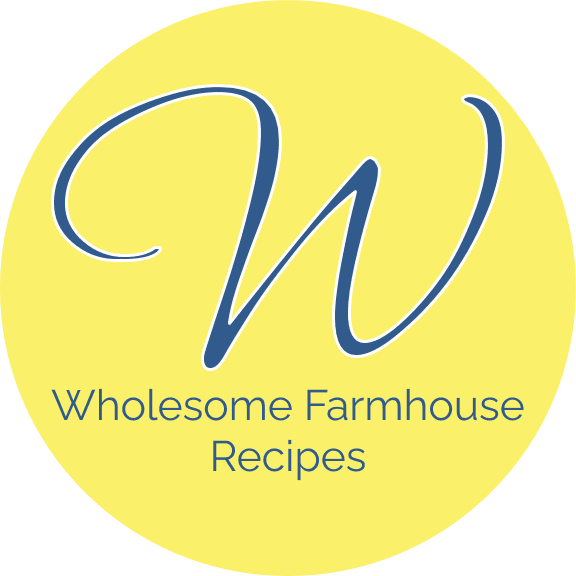Infuse your kitchen creations with the essence of this beloved spice by making homemade vanilla sugar. Whether you’re a seasoned baker or a novice in the kitchen, this versatile ingredient is a game-changer.
Sometimes, vanilla bean pods are hard to find in my local grocery store; therefore, you may have to order online or find them in specialty stores.
In the realm of culinary delights, few ingredients can rival the enchanting allure of vanilla. Its warm, comforting aroma and rich, sweet flavor have the power to elevate the simplest of dishes into gourmet delights.
We’re going to explore the world of vanilla sugar, starting with a simple and delightful homemade vanilla sugar recipe that will instantly upgrade your pantry.
But that’s not all; we’ll also dive into some of the best substitutes for vanilla sugar, ensuring that you’re well-equipped to add a touch of magic to your recipes, even if you’re running low on this precious ingredient.
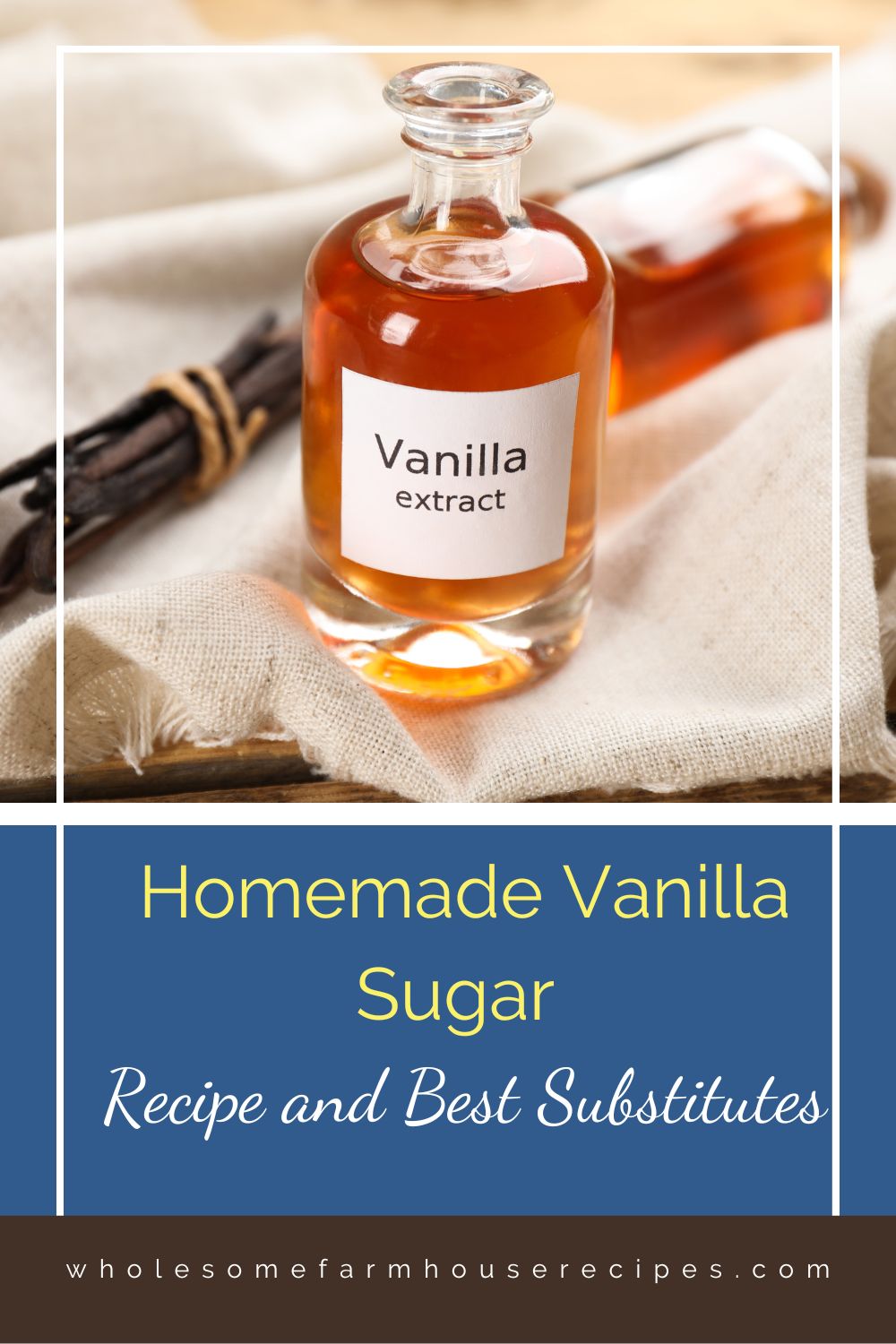
Table of contents
- Personal Homemade Gift
- Recipe for How to Make Homemade Vanilla Sugar
- Why Use Vanilla Sugar in Baking?
- Best Substitutes for Vanilla Bean Sugar
- Pure Vanilla Extract: The best option as it can easily be found throughout the United States.
- Vanilla Bean Paste: The second best choice.
- Vanilla Sugar (Store-Bought):
- Ground Vanilla Powder:
- Vanilla Extract and Confectioners’ Sugar:
- Homemade Vanilla Sugar Using Extract:
- Almond Extract or Other Flavorings:
- How Long Does Vanilla Sugar Last?
- To ensure the longest shelf life for your vanilla sugar, follow these tips:
- How Can You Use a Vanilla Bean?
- Scrape the Seeds:
- Infuse Milk or Cream:
- Whole Bean in Liquids:
- Vanilla Sugar:
- Flavoring Vanilla Bean Paste:
- Reuse the Pod:
- Homemade Vanilla Ice Cream:
Personal Homemade Gift
Homemade Touch: Making your own DIY vanilla sugar can be a rewarding kitchen project. This simple recipe adds a personal touch to your baking and can also make a thoughtful gift.
Whether you’re looking to whip up delectable desserts, aromatic beverages, or even savory dishes, vanilla sugar and its substitutes are the keys to unlocking a world of flavor possibilities.
Let’s look at the sweet and aromatic world of vanilla taste. We’ll unveil the secrets to enhancing your culinary creations with a dash of vanilla-infused goodness.
Recipe for How to Make Homemade Vanilla Sugar
It is a delightful addition to your pantry, elevating your recipes with a touch of vanilla-infused sweetness. Whether you’re using it in baked goods, beverages, or as a special finishing touch.
The entire recipe with the details is included in the recipe card below.
An overview of the process is to start with a high-quality granulated sugar and fresh vanilla beans. While you can adjust the quantities to fit your needs, but a good rule of thumb is to use 1-2 vanilla beans for every 2 cups of sugar.
Split the vanilla beans lengthwise using a sharp knife and place in the sugar in a glass jar. Let the flavors infuse.
There are so many different ways you can flavor sugar. For instance, you can make cotton candy sugar in a huge range of flavors and any color you want.
Why Use Vanilla Sugar in Baking?
It’s a delightful and versatile ingredient in baking that enhances the flavor and aroma of your baked goods in several ways. Here are some compelling reasons to use vanilla sugar in your baking.
Rich Vanilla Flavor: Vanilla sugar infuses your recipes with the unmistakable, warm, and sweet flavor of vanilla. This flavor adds depth and complexity to your baked goods, making them more aromatic and delicious.
Aromatic Sensation: The aromatic quality of vanilla sugar elevates the sensory experience of baking. The delightful scent of vanilla wafting from your oven can be incredibly enticing, creating anticipation for the finished product.
Balanced Sweetness: Vanilla sugar not only adds vanilla flavor but also contributes to the overall sweetness of your recipes. This can be especially useful when you want to enhance sweetness without adding more sugar, allowing you to control the sweetness level of your baked goods.
Natural Ingredients: Homemade vanilla sugar is typically made with just two natural ingredients: sugar and vanilla beans. It lacks artificial additives or flavors, making it a healthier and more natural choice compared to some artificial vanilla flavorings.
Enhanced Texture: In some recipes, vanilla sugar can improve the texture of baked goods. The sugar crystals may help create a slightly tender or crumbly texture in certain cookies and pastries.
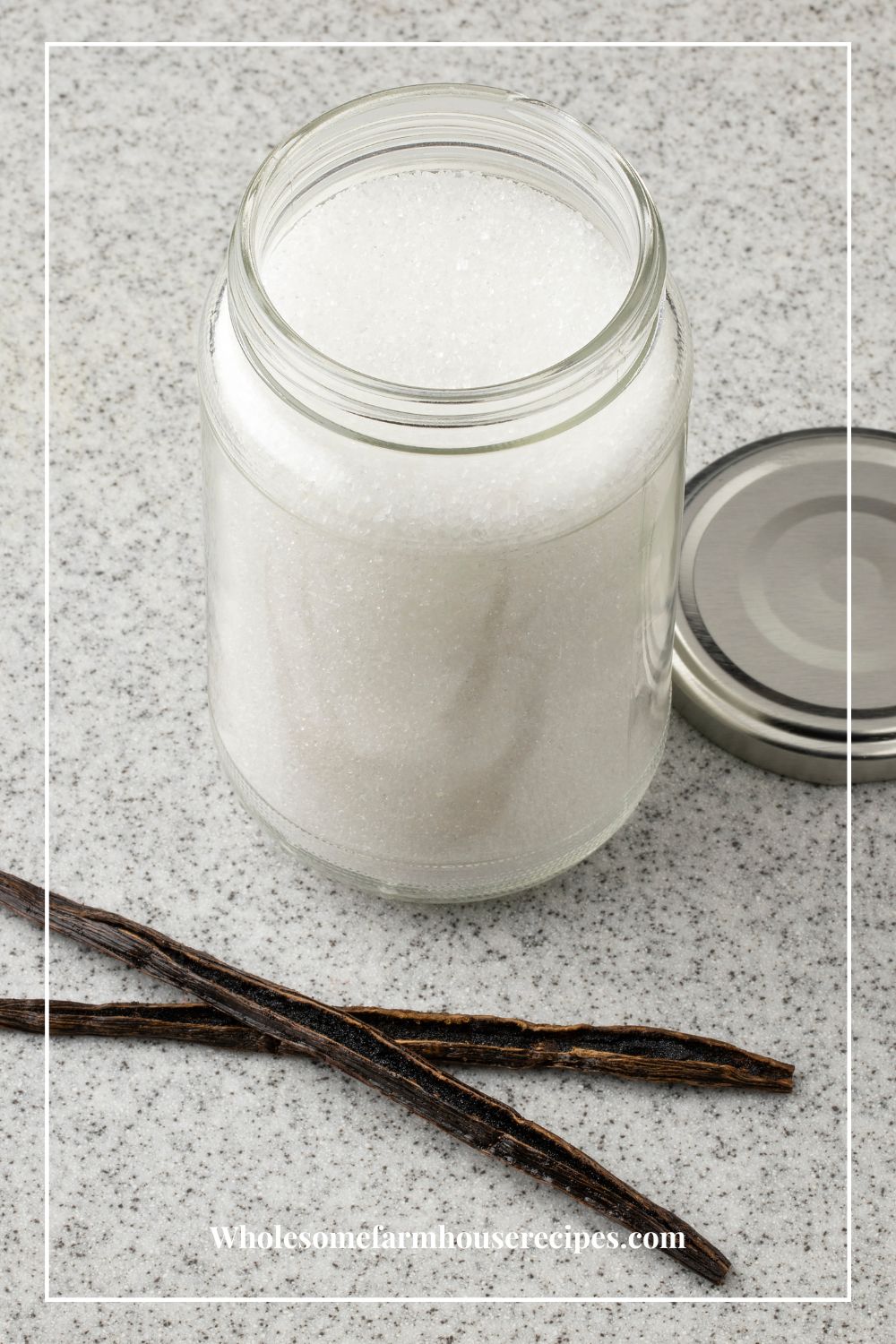
Homemade Vanilla Sugar Can be Used in Many Recipes
Versatility: Vanilla sugar can be used in a wide range of baked goods, including cookies, cakes, muffins, scones, pancakes, waffles, and more. It’s a versatile ingredient that complements both sweet and savory dishes.
Convenience: Vanilla sugar is convenient to use. You can simply substitute it for regular granulated sugar in your recipes or use it as a finishing touch by dusting it on top of baked goods.
Long Shelf Life: Properly stored, vanilla sugar can have a long shelf life, allowing you to have this flavor enhancer readily available in your pantry for extended periods.
Substitute for Vanilla Extract: If you run out of vanilla extract or prefer not to use it, vanilla sugar can serve as a suitable substitute, infusing your recipes with vanilla flavor.
In summary, vanilla sugar is a fantastic ingredient in baking that brings a delightful vanilla flavor, aroma, and sweetness to your creations. Its versatility, natural ingredients, and ability to enhance the sensory experience of baking make it a popular choice among bakers around the world.
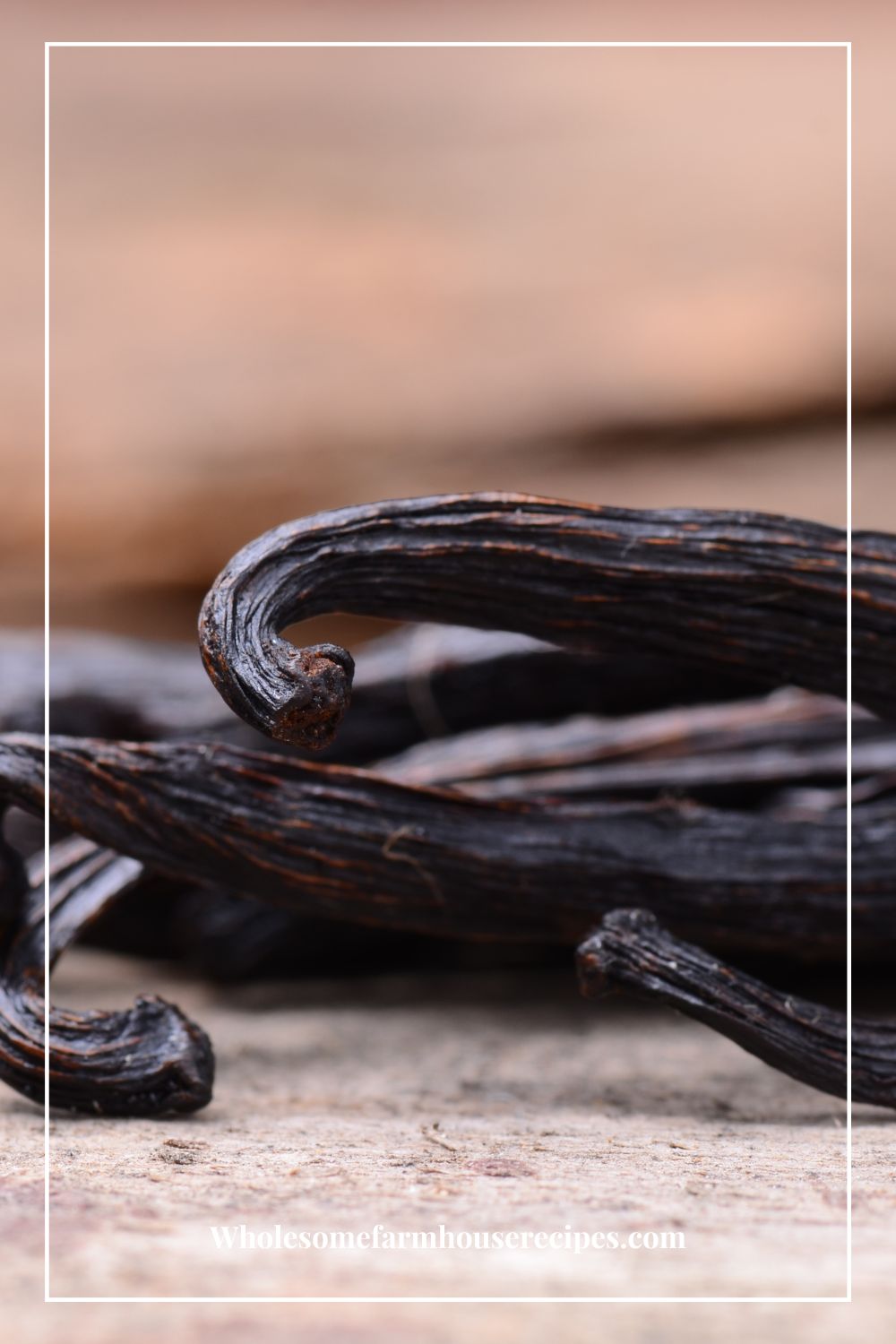
What are Vanilla Bean Pods?
Vanilla pods, also known as whole vanilla beans, are the long, narrow, dark brown or black seed pods of the vanilla orchid plant (Vanilla planifolia). These pods are highly prized for their aromatic and flavorful seeds, which are used as a natural flavoring agent in a wide range of culinary applications, most notably in baking and desserts.
Here are some key characteristics and information about vanilla pods:
Origin: Vanilla orchids are native to Mexico, but they are now grown in various tropical regions around the world, including Madagascar, Tahiti, Indonesia, and other parts of the Indian Ocean basin.
Appearance: Vanilla pods are typically long and slender, ranging in length from about 5 to 8 inches (12 to 20 centimeters). They are dark brown or black and have a wrinkled or slightly bumpy appearance. The surface may appear slightly oily due to the presence of aromatic compounds.
Aroma: The primary reason vanilla pods are so highly sought after is their intoxicating aroma. They emit a sweet, floral, and rich vanilla scent that is both comforting and alluring.
Flavor: The real treasure of vanilla pods lies within. When you split open a vanilla pod, you reveal thousands of tiny black seeds. These seeds contain the concentrated vanilla flavor, which is sweet and complex with subtle floral notes.
Homemade Vanilla Sugar Recipe
As an Amazon Associate I earn from qualifying purchases.
Kitchen Essentials
Ingredients
- 2 Cups Granulated sugar or coconut sugar
- 2 Bean Pods Vanilla Pods Vanilla Beans (1-2 beans per 2 cups of sugar)
Instructions
- Start with high-quality granulated sugar and fresh vanilla beans. You can adjust the quantities to fit your needs, but a good rule of thumb is to use 1-2 vanilla beans for every 2 cups of sugar.
- Prepare the Vanilla Beans: Split the vanilla beans lengthwise using a sharp knife. This step is crucial because it allows the vanilla seeds inside to infuse the sugar with their rich flavor and aroma.2 Bean Pods Vanilla Pods
- Place the granulated sugar and the split vanilla beans in a clean, airtight container. Seal the container tightly.2 Cups Granulated sugar
- Infusion Time: Allow the vanilla beans to infuse the sugar for at least one week, but longer is even better. The longer it sits, the more intense the vanilla flavor will become. Store the container in a cool, dark place away from direct sunlight.
- Shake or Stir: Periodically shake or stir the sugar to distribute the vanilla flavor evenly. This ensures that every granule of sugar is infused with the aromatic vanilla goodness.
- Once your homemade vanilla sugar has reached your desired level of flavor intensity, it’s ready to use. You can use it in a variety of recipes, including baking, coffee, tea, desserts, and even sprinkled on top of fresh fruit.
Your Own Private Notes
Notes
Recipe Tips for Success
Use fresh, plump vanilla beans for the best results. Older or dried-out beans may not impart as much flavor. Opt for a glass or airtight container for storing the sugar. This will help maintain the freshness and flavor of your homemade vanilla sugar. Experiment with different types of sugar, such as brown sugar or powdered sugar, for unique flavor profiles. If you want to make larger quantities, simply scale up the recipe while maintaining the same ratio of vanilla beans to sugar. Be patient. The longer you allow the vanilla beans to infuse, the more intense the flavor will be. A month or more of infusion can result in an exceptionally aromatic sugar. Homemade vanilla sugar is a delightful addition to your pantry, elevating your recipes with a touch of vanilla-infused sweetness. Whether you’re using it in baked goods, beverages, or as a special finishing touch, this homemade creation will undoubtedly enhance your culinary endeavors. Enjoy!Nutrition
Vanilla Bean Use, Storage, and Varieties
Culinary Uses: Vanilla pods are used in various culinary applications, including baking, making desserts like custards and ice creams, flavoring beverages, and infusing syrups and sauces. The seeds are often scraped out of the pod and used in recipes to impart a rich vanilla flavor.
Storage: To preserve the quality of vanilla pods, they should be stored in an airtight container or in a glass jar in a cool, dark place. Properly stored, they can last for an extended period.
Varieties: There are different varieties of vanilla beans, with Madagascar Bourbon vanilla and Tahitian vanilla being two of the most well-known. Each variety has its own unique flavor profile, with Madagascar vanilla being known for its creamy and sweet flavor, while Tahitian vanilla offers a more floral and fruity aroma.
Sustainability: Vanilla is a labor-intensive crop, and there have been challenges with sustainability in the industry. Efforts are being made to promote ethical and sustainable vanilla cultivation practices.
Vanilla pods are a prized and essential ingredient in the culinary world, adding a depth of flavor and aroma that enhances a wide range of dishes. Whether you’re baking sugar cookies, making a classic vanilla custard, or infusing a batch of homemade ice cream, or other sweet treats vanilla pods are a natural and delightful way to impart that unmistakable vanilla goodness.
Best Substitutes for Vanilla Bean Sugar
If you don’t have vanilla bean sugar on hand or prefer alternatives, there are several great substitutes you can use to add a similar sweet and aromatic quality to your recipes. Here are some of the best substitutes for vanilla bean sugar:
Pure Vanilla Extract: The best option as it can easily be found throughout the United States.
Substitution Ratio: 1-2 teaspoons of pure vanilla extract for every 1 cup of regular granulated sugar.
How to Use: Simply mix the teaspoon of vanilla extract into your recipe along with the sugar. Adjust the quantity based on your desired level of vanilla flavor.
Vanilla Bean Paste: The second best choice.
Substitution Ratio: 1-2 teaspoons of vanilla paste for every 1 cup of sugar, just regular white sugar.
How to Use: Combine the vanilla paste with the sugar in your recipe. Vanilla paste contains vanilla bean seeds and offers a strong vanilla flavor.
Vanilla Sugar (Store-Bought):
Substitution Ratio: You can typically substitute store-bought vanilla sugar at a 1:1 ratio for vanilla bean sugar.
How to Use: Use it just like you would homemade vanilla sugar. It’s readily available in most grocery stores and offers a convenient alternative.
Ground Vanilla Powder:
Substitution Ratio: 1/2 to 1 teaspoon of ground vanilla bean powder for every 1 cup of regular granulated sugar.
How to Use: Mix the ground vanilla bean powder with your sugar before adding it to your recipe. Be cautious with the quantity, as it can be quite potent.
Vanilla Extract and Confectioners’ Sugar:
Substitution Ratio: 1-2 teaspoons of pure vanilla extract for every 1 cup of confectioners’ (powdered) sugar.
How to Use: Combine the vanilla extract with powdered sugar until well mixed. This is great for dusting on top of desserts or sweetening icings and glazes.
Homemade Vanilla Sugar Using Extract:
Substitution Ratio: 1-2 teaspoons of pure vanilla extract for every 1 cup of granulated sugar.
How to Use: Mix the vanilla extract into the sugar and let it sit for a few hours or overnight to allow the flavor to meld. While it won’t have the same intensity as homemade vanilla bean sugar, it will provide a hint of vanilla.
Almond Extract or Other Flavorings:
Substitution Ratio: Use almond extract or other extracts (such as almond, hazelnut, or maple syrup) to impart a unique flavor to your recipes.
How to Use: Replace the vanilla bean sugar with granulated sugar and add a few drops of your chosen extract to taste. Be mindful of the strength of the extract, as some can be quite potent.
Choose the substitute that best complements your recipe and the flavor profile you desire. Keep in mind that while these substitutes can mimic the essence of vanilla, they may not capture the full depth of flavor and aroma provided by genuine vanilla beans. Nonetheless, they are an excellent substitute when you don’t have vanilla bean sugar on hand.
How Long Does Vanilla Sugar Last?
Vanilla sugar can have a relatively long shelf life if stored properly. Its longevity depends on factors such as the quality of the vanilla beans used and how it’s stored. Here’s a general guideline for how long vanilla sugar can last:
Homemade Vanilla Sugar: When made at home using fresh, high-quality vanilla beans and granulated sugar, homemade vanilla sugar can last for up to 6 months to a year or even longer. The key is to keep it in an airtight container in a cool, dark place away from direct sunlight and moisture.
Store-Bought Vanilla Sugar: Store-bought or commercially produced vanilla sugar typically has a longer shelf life, often up to 1 to 2 years or more. Be sure to check the expiration date on the packaging for specific information.
It’s important to note that over time, the intensity of the vanilla flavor in vanilla sugar may diminish. However, even if the flavor diminishes, the sugar can still be used as a sweetener in recipes, so it won’t necessarily go bad.
To ensure the longest shelf life for your vanilla sugar, follow these tips:
Use clean, dry utensils when scooping out the sugar to prevent introducing moisture.
Keep the container tightly sealed to prevent air and moisture from getting in.
Store it in a cool, dark place to protect it from temperature fluctuations and sunlight, which can degrade the quality over time.
Periodically shake or stir the sugar to redistribute the vanilla flavor and ensure even infusion.
If you notice that the sugar has lost its aroma or flavor, you can refresh it by adding a fresh split vanilla bean or a few drops of pure vanilla extract, sealing the container, and letting it sit for a week or more to infuse the flavor again.
In summary, vanilla sugar, whether homemade or store-bought, can have a fairly long shelf life if stored correctly. Just be mindful of the quality and take steps to maintain its flavor and freshness over time.
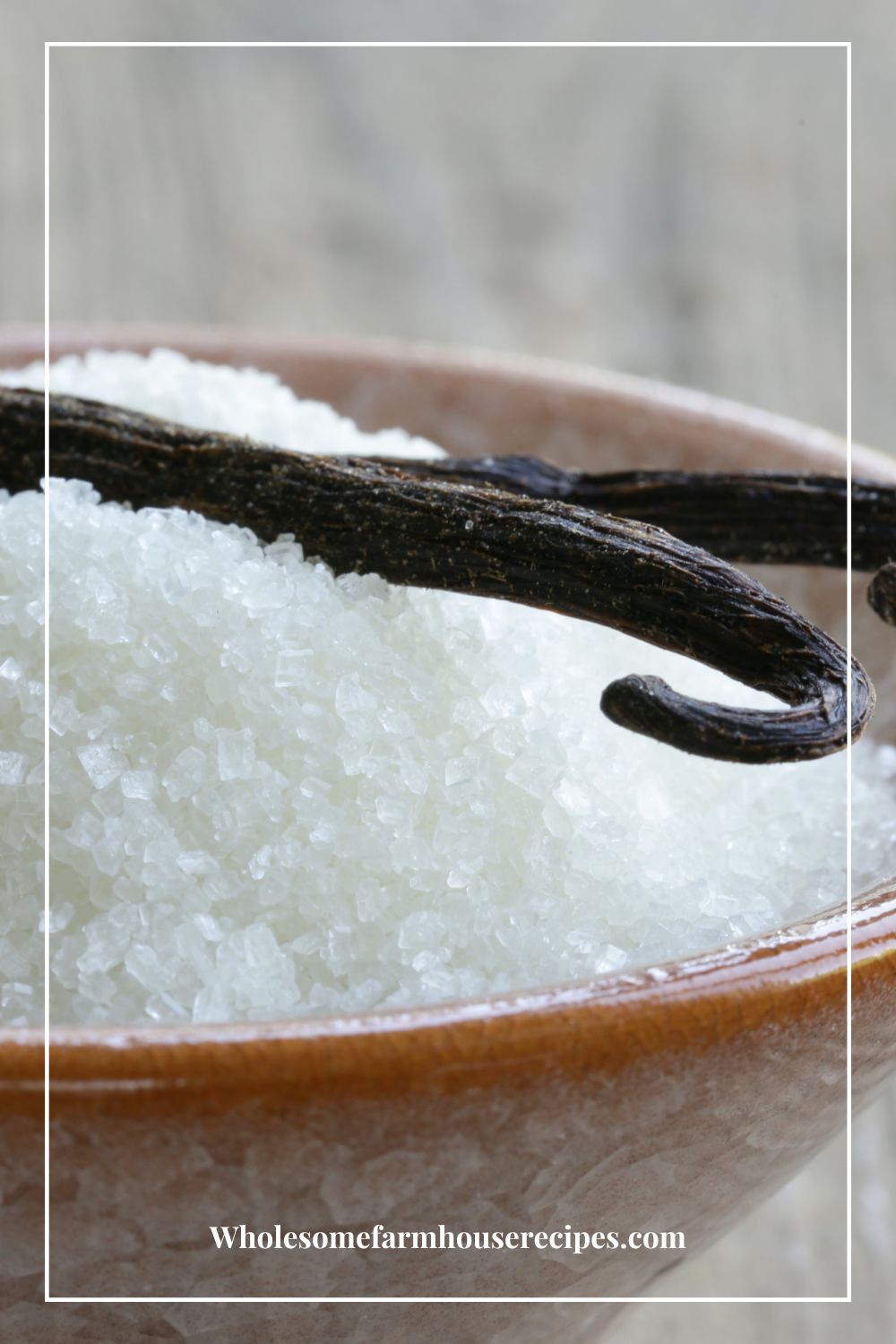
How Can You Use a Vanilla Bean?
Using a vanilla bean in your culinary creations can elevate the flavor and aroma of your dishes to a whole new level. Here are different ways to use vanilla beans effectively.
Use the vanilla bean pod in small amounts as it has a strong flavor.
Scrape the Seeds:
How: Split the vanilla bean lengthwise with a sharp knife. Hold one end and use the back of the knife to scrape out the tiny black seeds (vanilla caviar) inside. These seeds contain the concentrated vanilla flavor.
Usage: Add the scraped seeds to your recipes for an intense burst of vanilla flavor. Common uses include custards, ice creams, and pastry creams.
Infuse Milk or Cream:
How: Split the vanilla bean lengthwise and place it in a pot with milk or cream. Heat the mixture until it’s hot but not boiling, then remove it from the heat and let it steep for about 20-30 minutes. Strain out the bean before using.
Usage: Infused milk or cream can be used in various recipes, such as making vanilla-infused sauces, puddings, or hot chocolate.
Whole Bean in Liquids:
How: Simply place the whole vanilla bean in a liquid, such as a pot of simmering simple syrup. It changes it to a delightful vanilla syrup. Or infuse a bottle of vodka with vanilla flavor. Allow it to steep over time, infusing the liquid with flavor.
Usage: This method is often used for making homemade vanilla extract or vanilla-infused syrups for cocktails and desserts.
Vanilla Sugar:
How: Place a whole vanilla bean in a container with granulated sugar. Seal it tightly and let it sit for several weeks to infuse the sugar with vanilla flavor.
Usage: Vanilla sugar can be used as a sweetener in baking, coffee, tea, or sprinkled on fresh fruit.
Flavoring Vanilla Bean Paste:
How: Combine scraped vanilla bean seeds with a thickening agent like cornstarch to create a vanilla bean paste. This paste can be used as a direct substitute for vanilla extract in recipes.
Usage: Use vanilla bean paste to add both flavor and the characteristic specks of vanilla seeds to your recipes.
Reuse the Pod:
How: Don’t discard the used vanilla pod after scraping out the seeds. Rinse it, let it dry, and place it in a container with granulated sugar to make vanilla sugar.
Usage: The reused pod will still contain residual flavor and aroma, which will continue to infuse the sugar.
Homemade Vanilla Ice Cream:
How: Split a vanilla bean and scrape the seeds into your ice cream base. You can also add the whole pod while the mixture heats up, then remove it before churning.
Usage: The result is a creamy, rich vanilla ice cream with prominent vanilla flavor.
Remember that vanilla beans are a premium ingredient, so using them sparingly and wisely can make a significant impact on your recipes.
The leftover pods can often be reused or repurposed, ensuring you get the most out of this precious ingredient.
